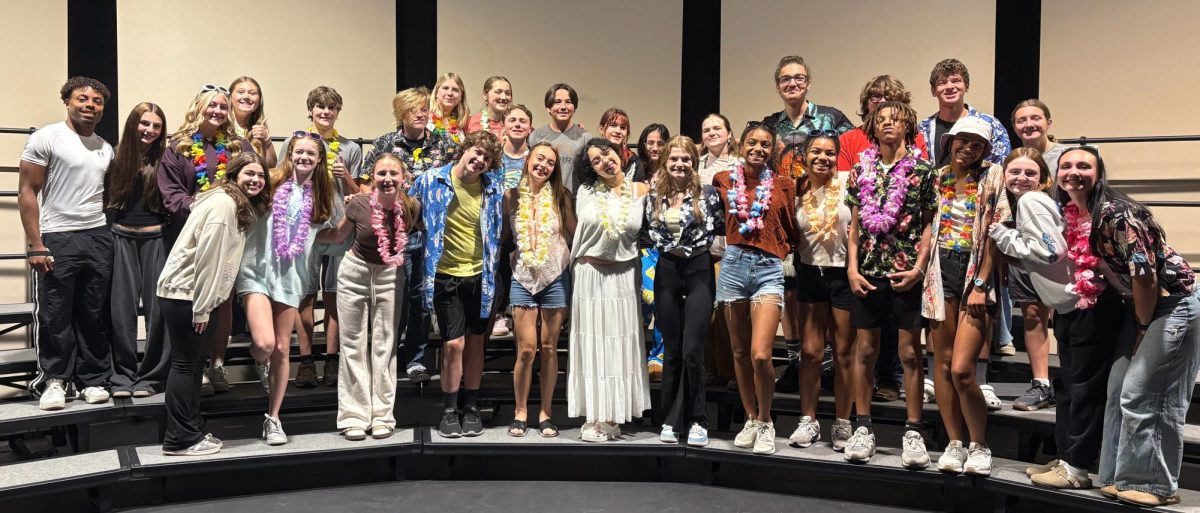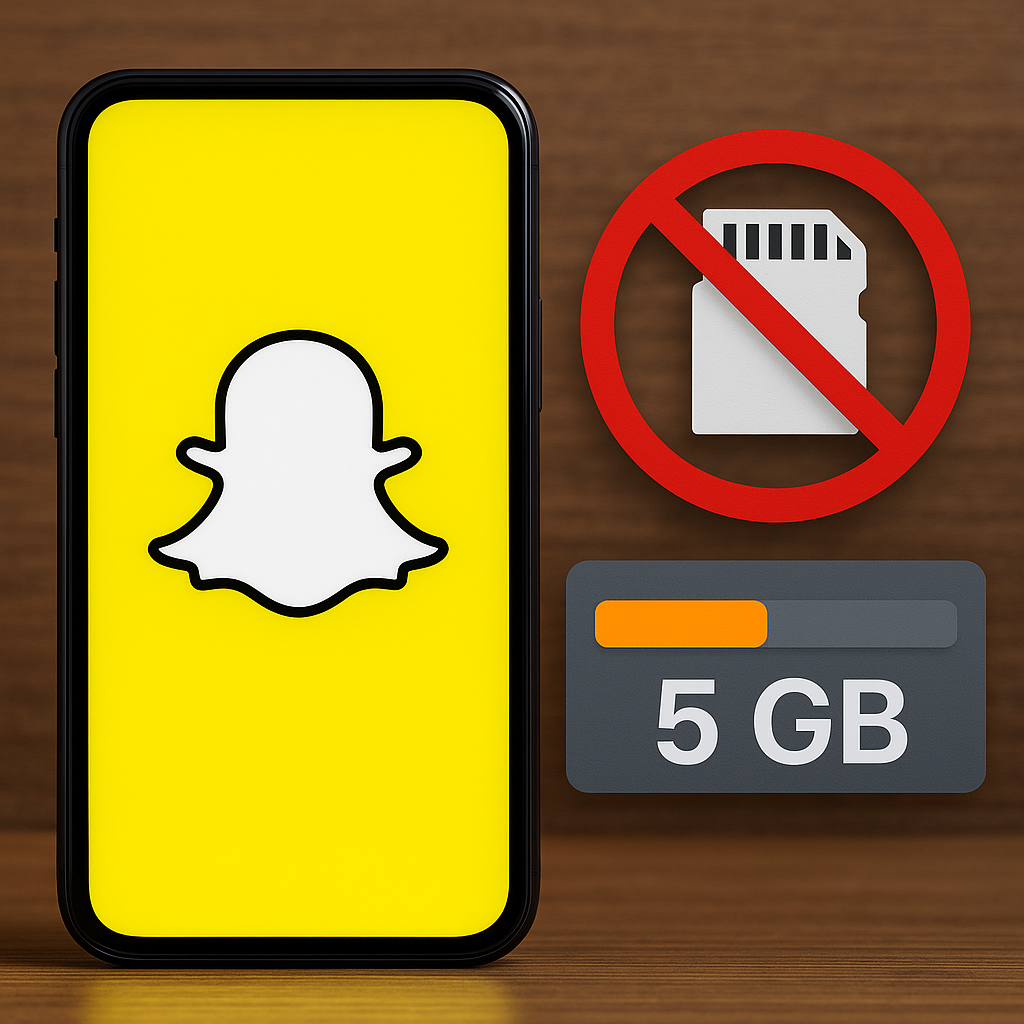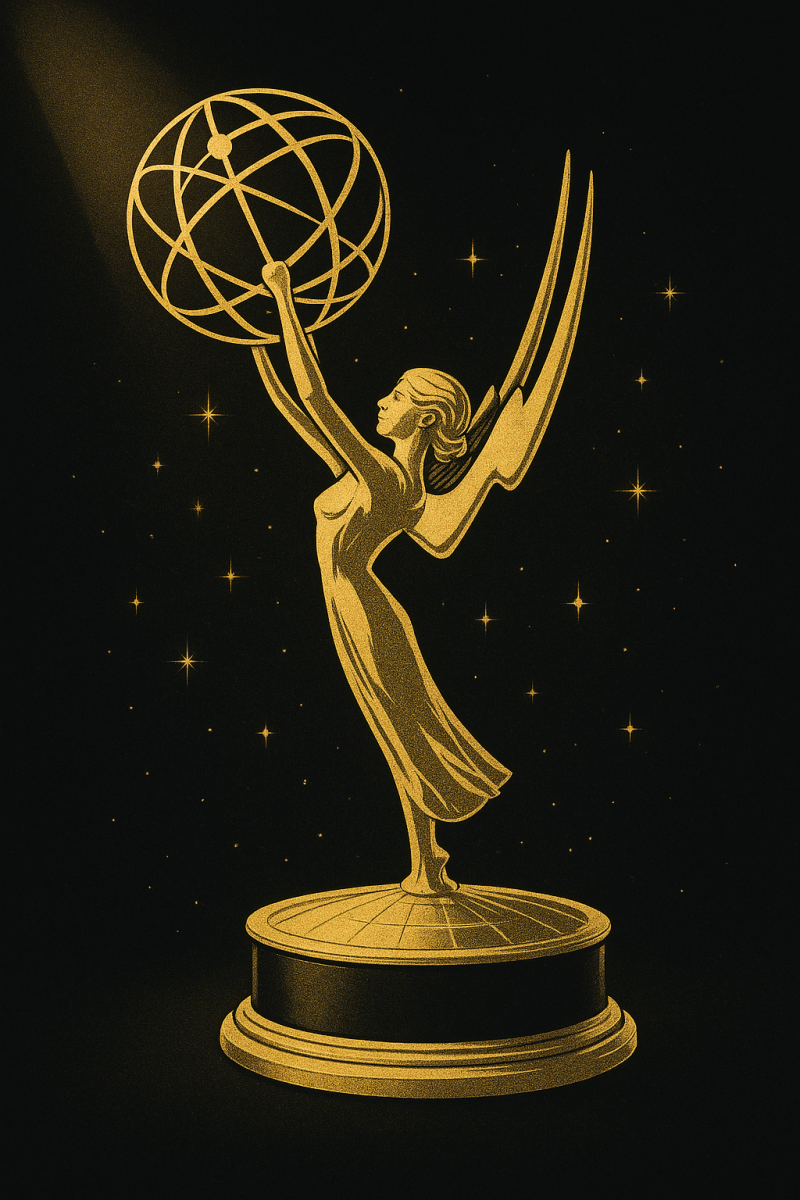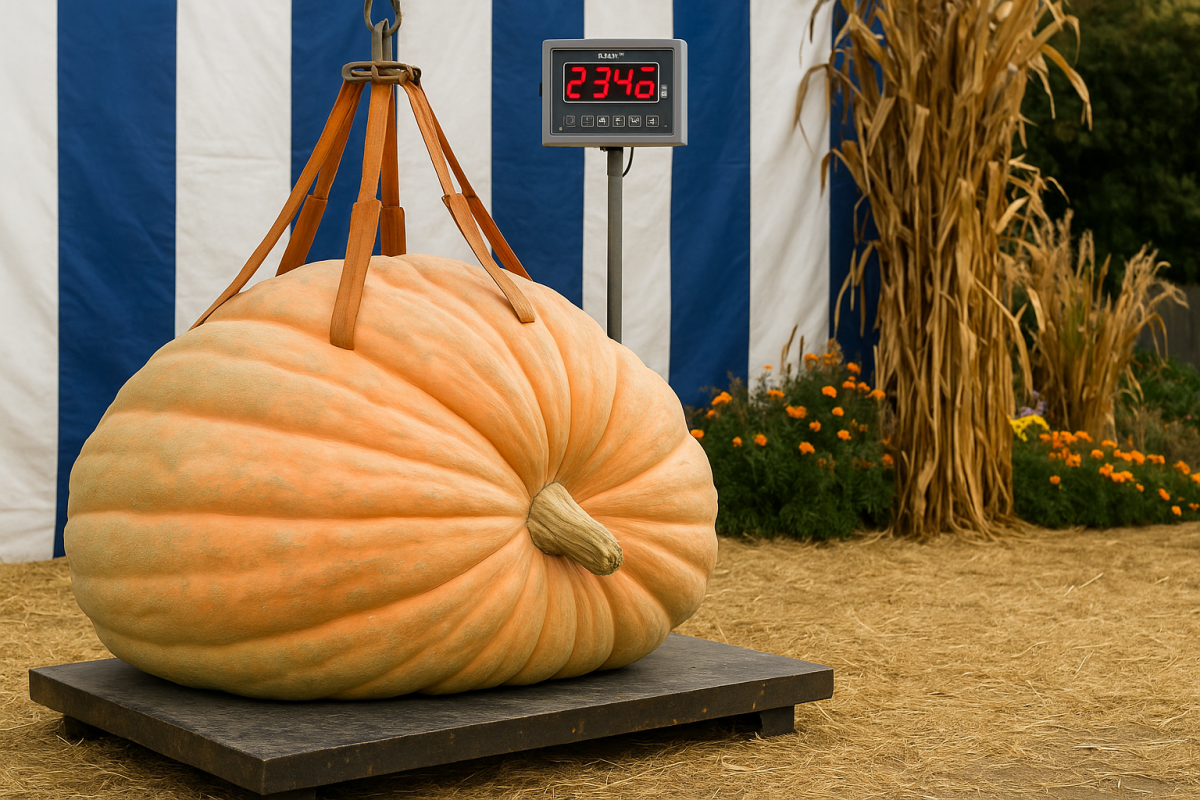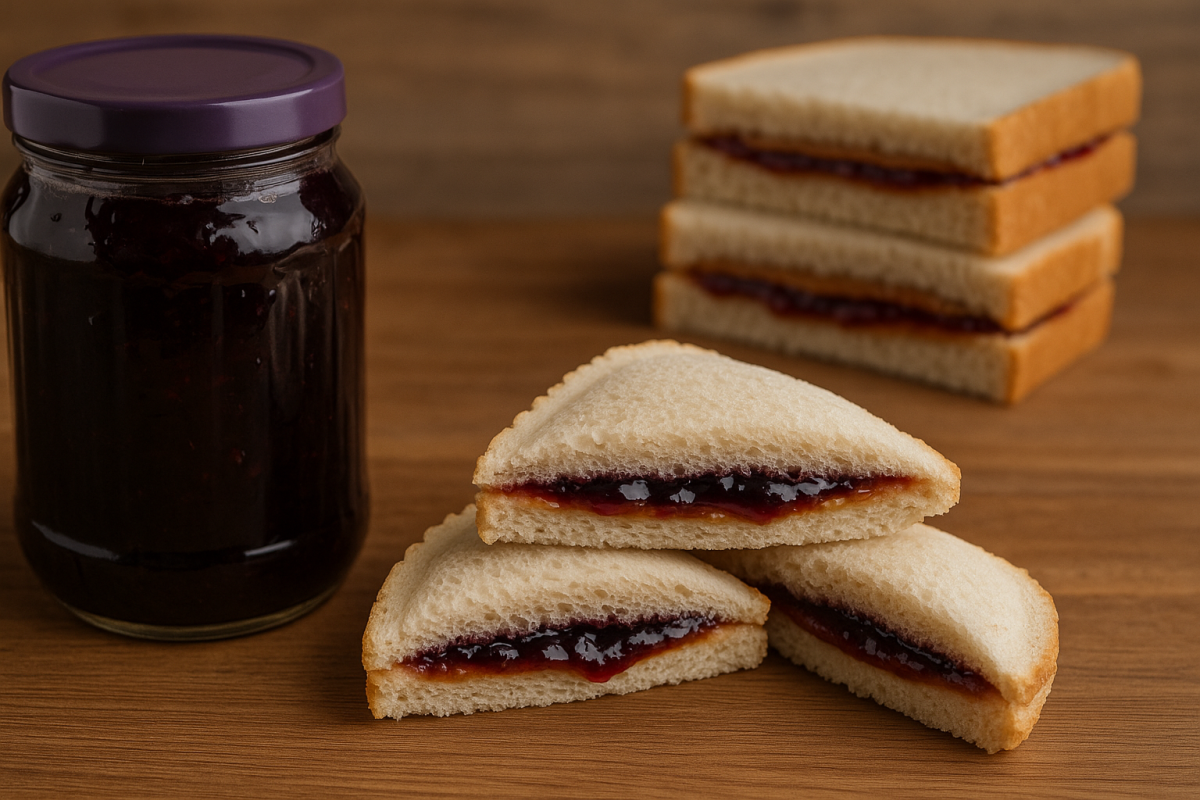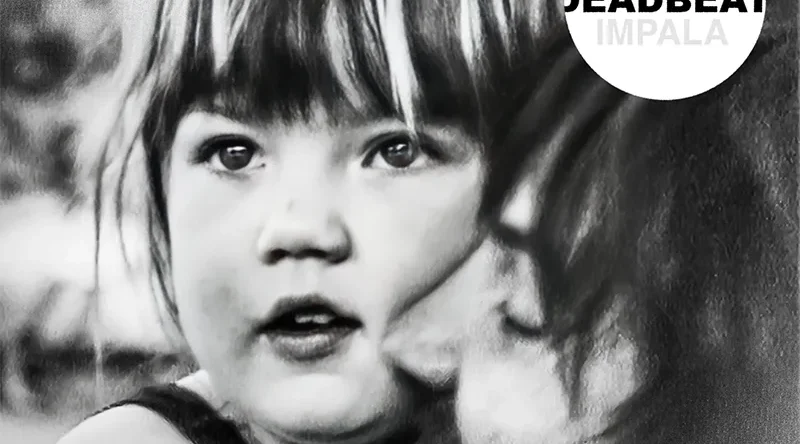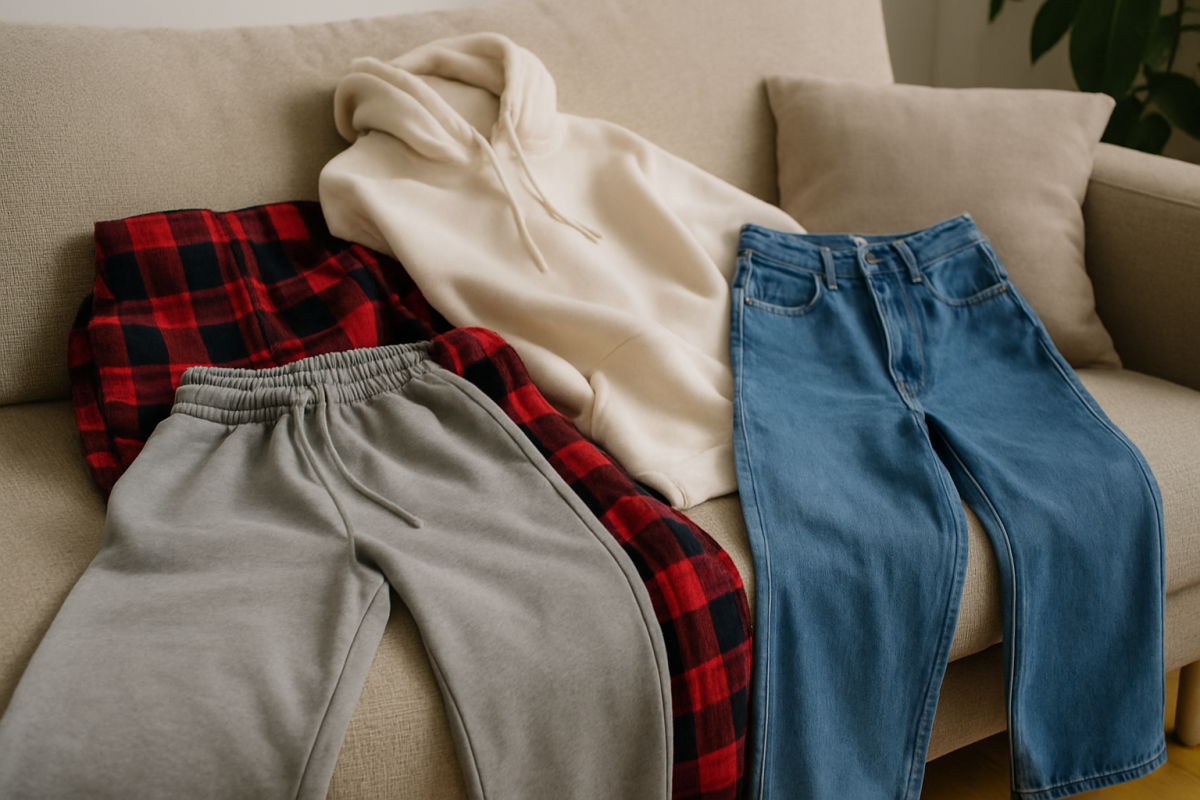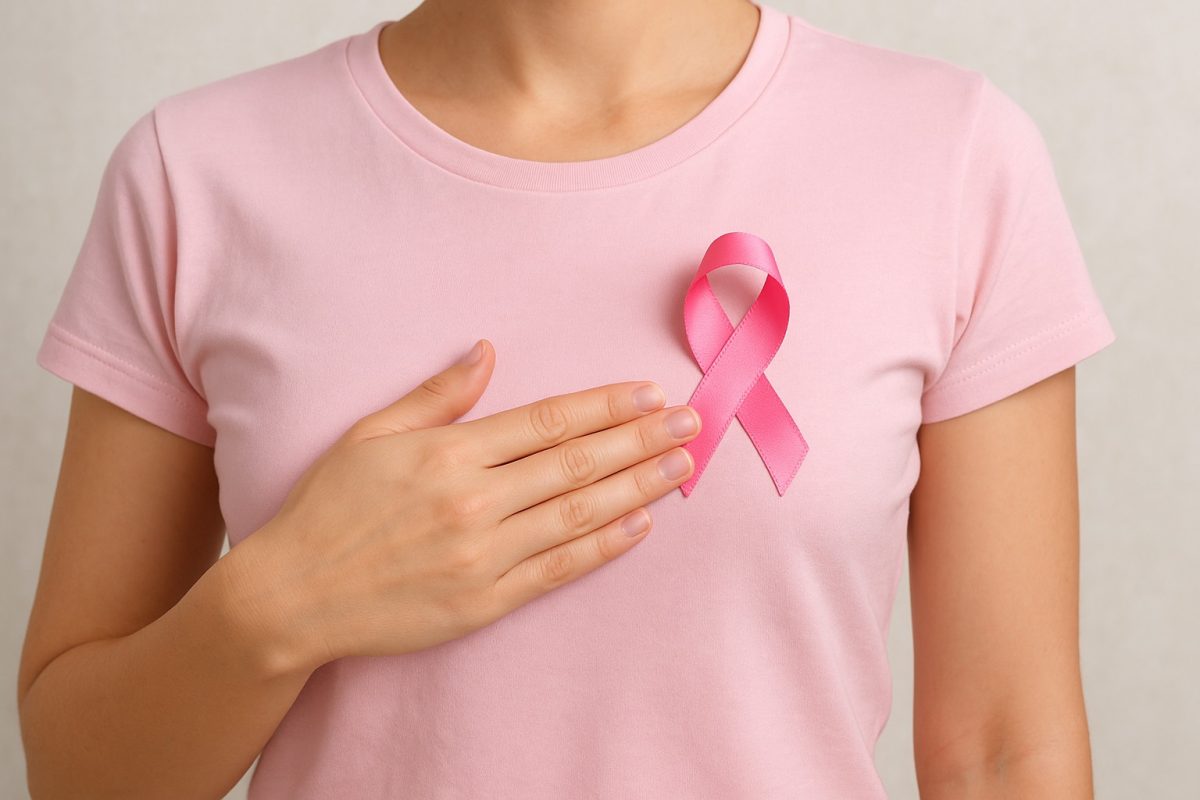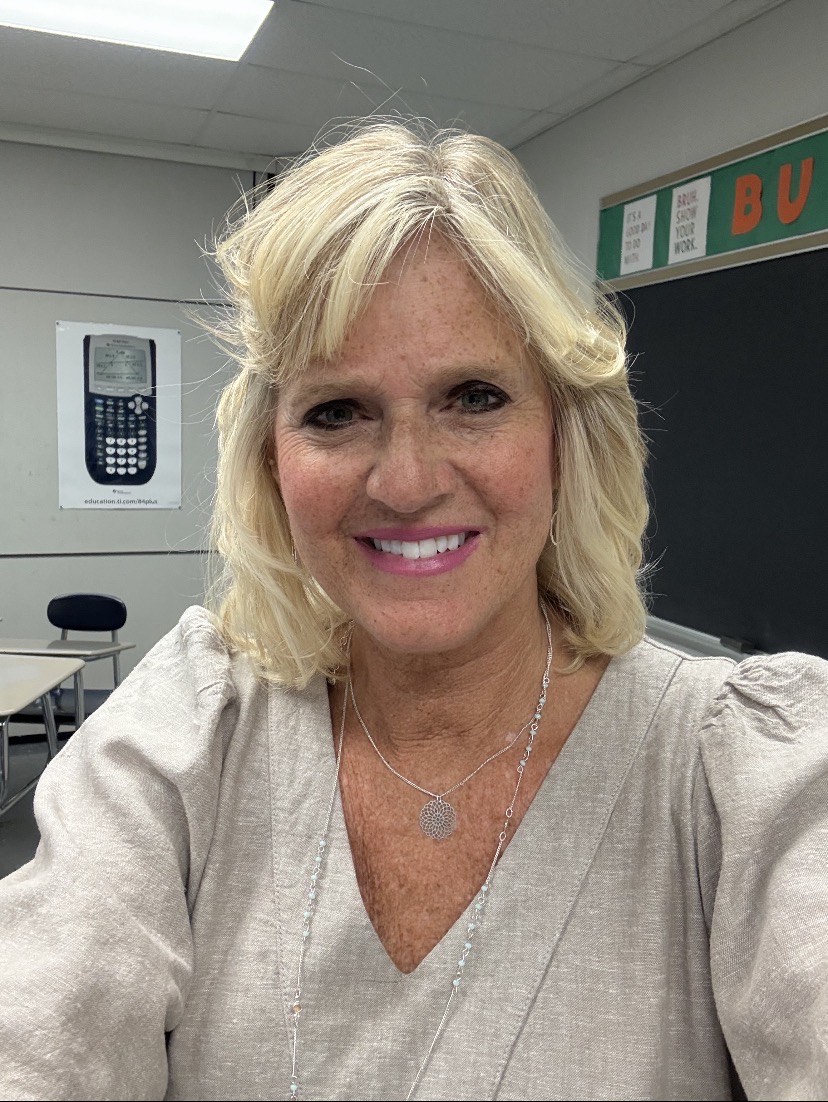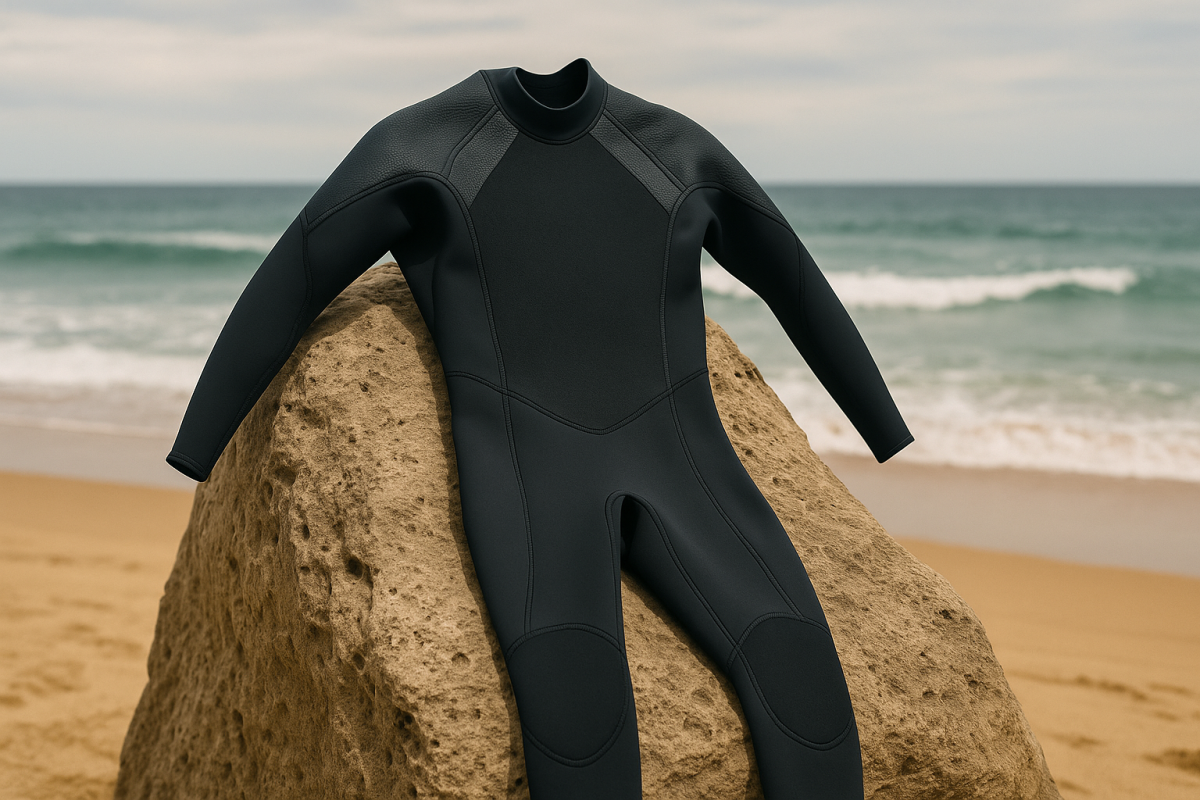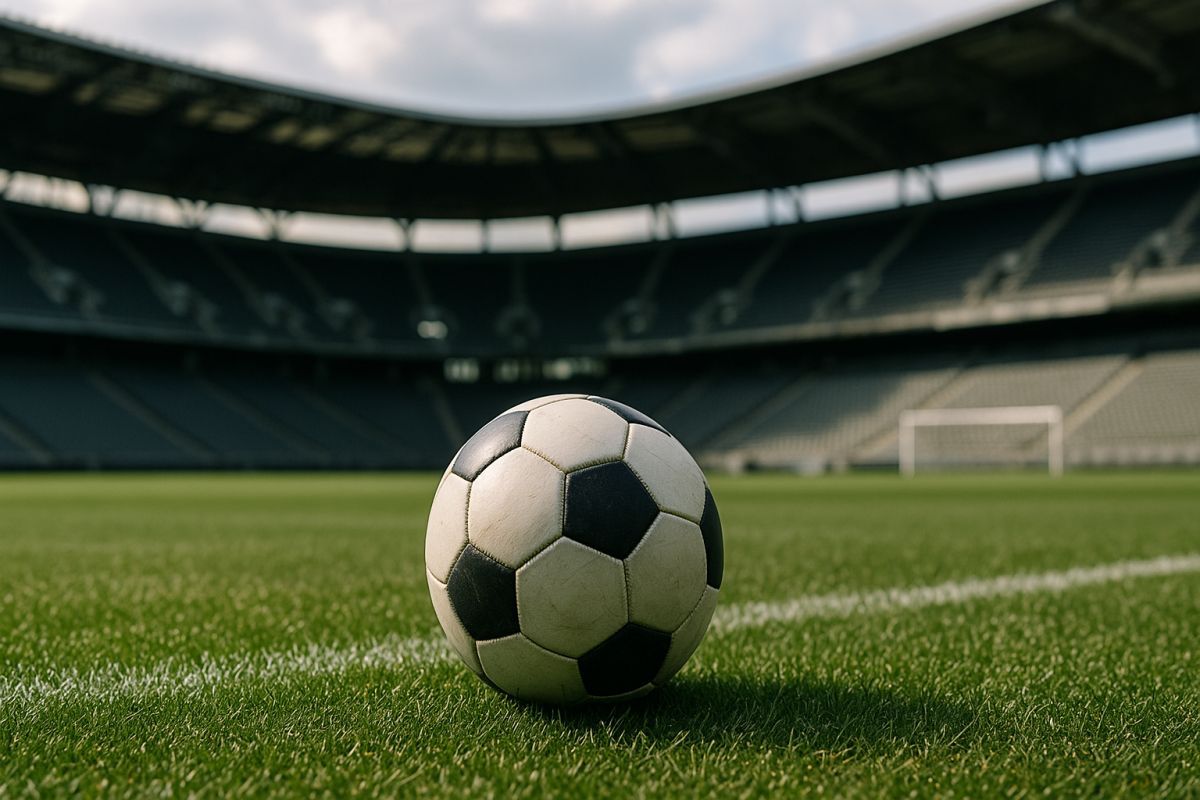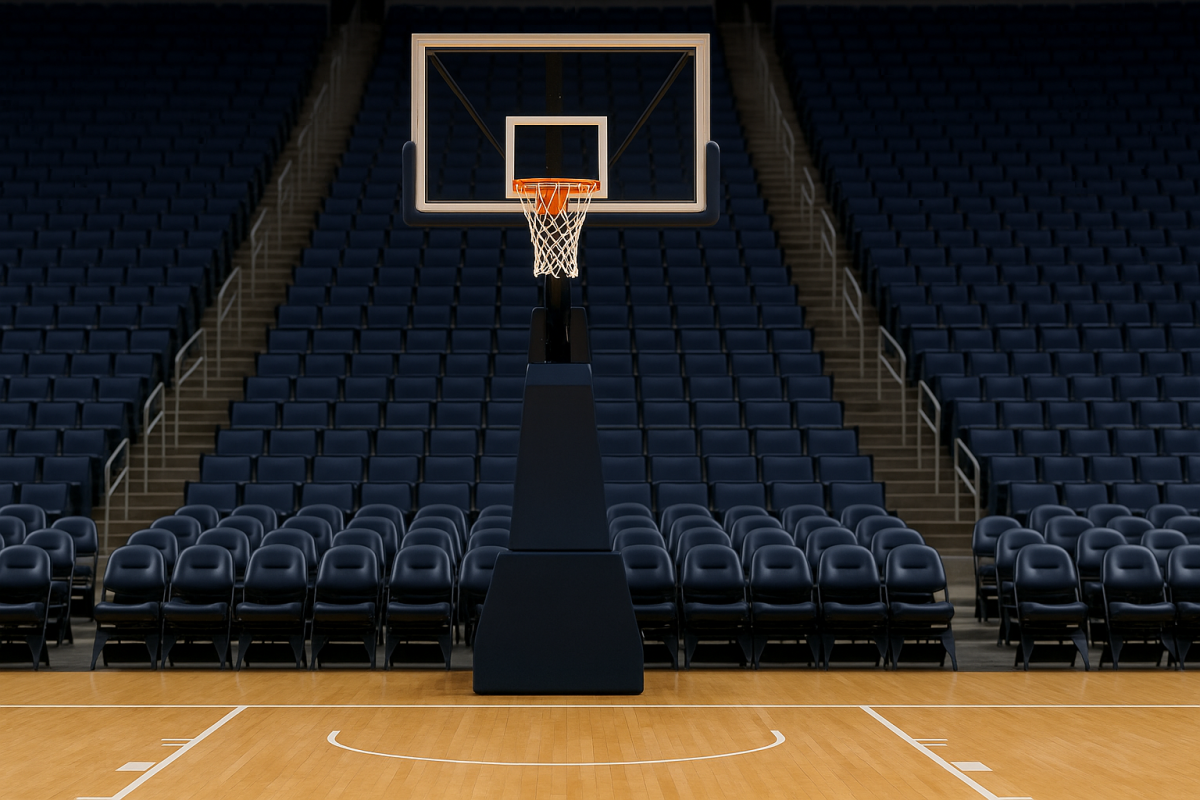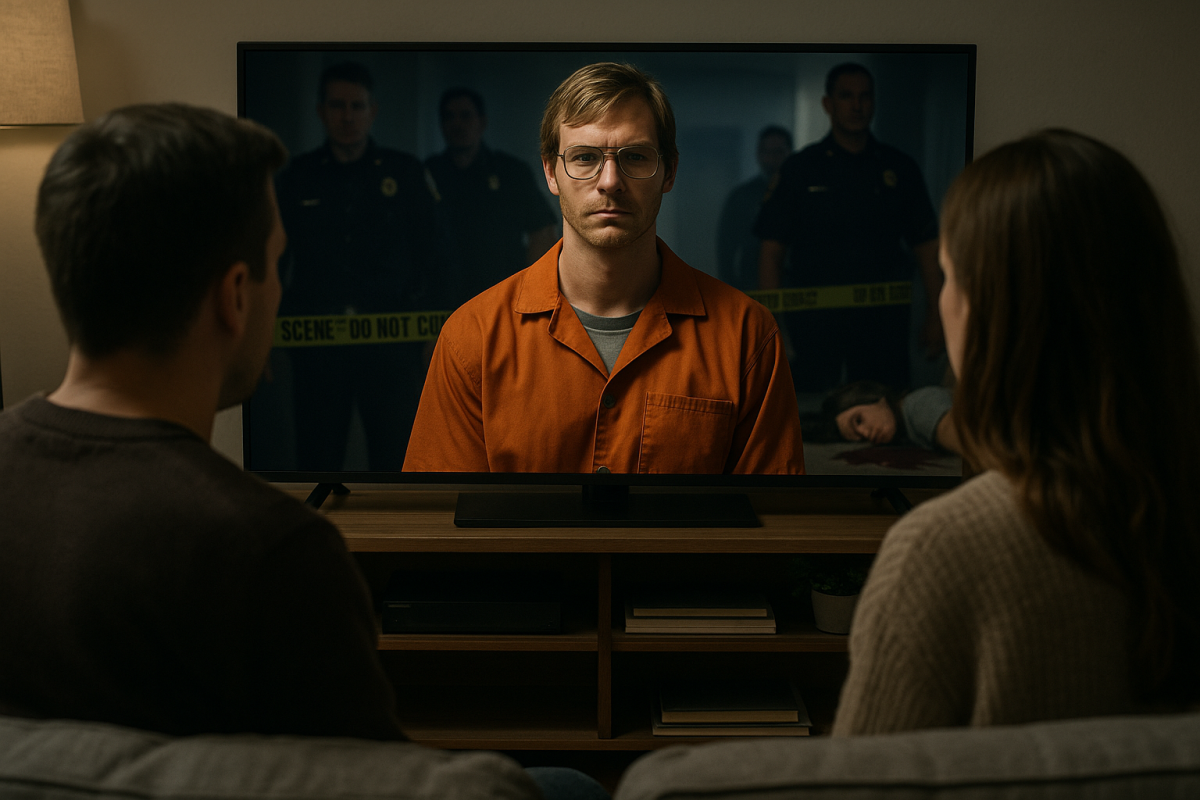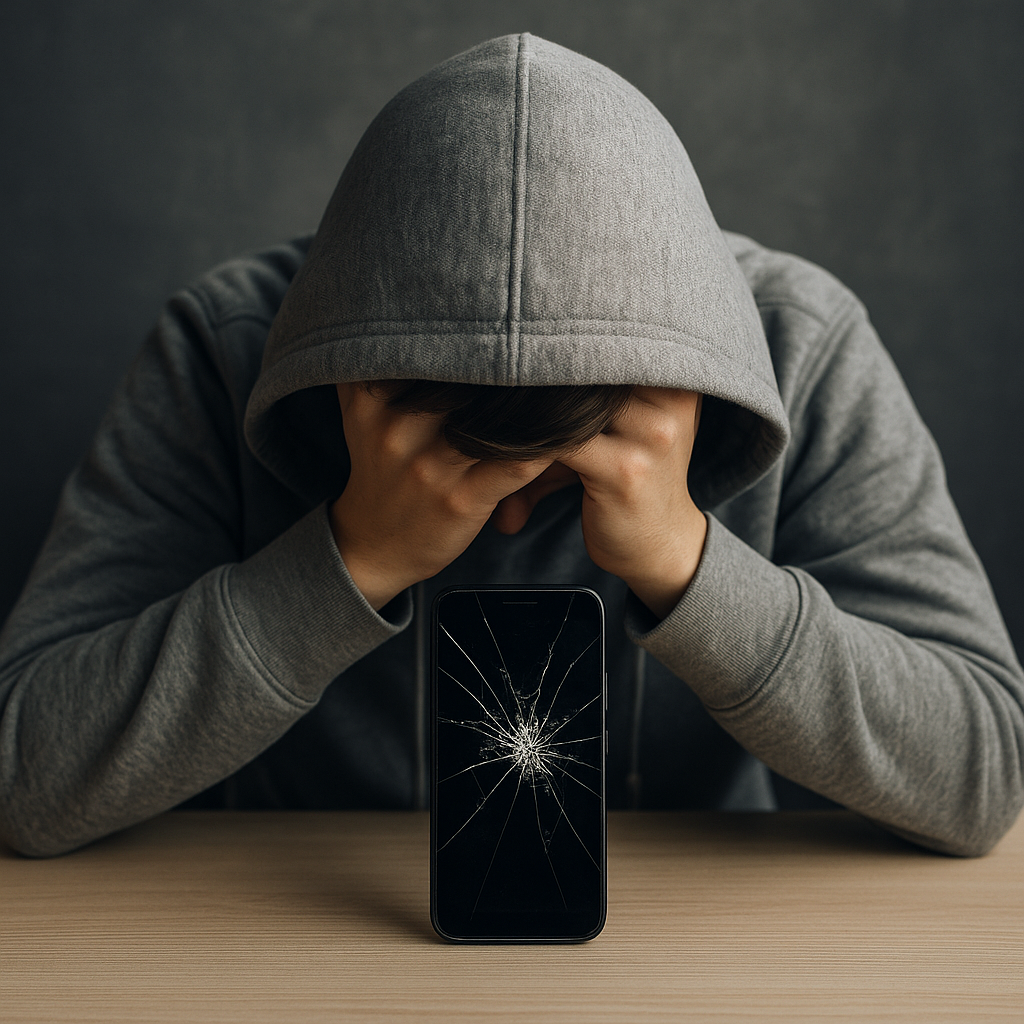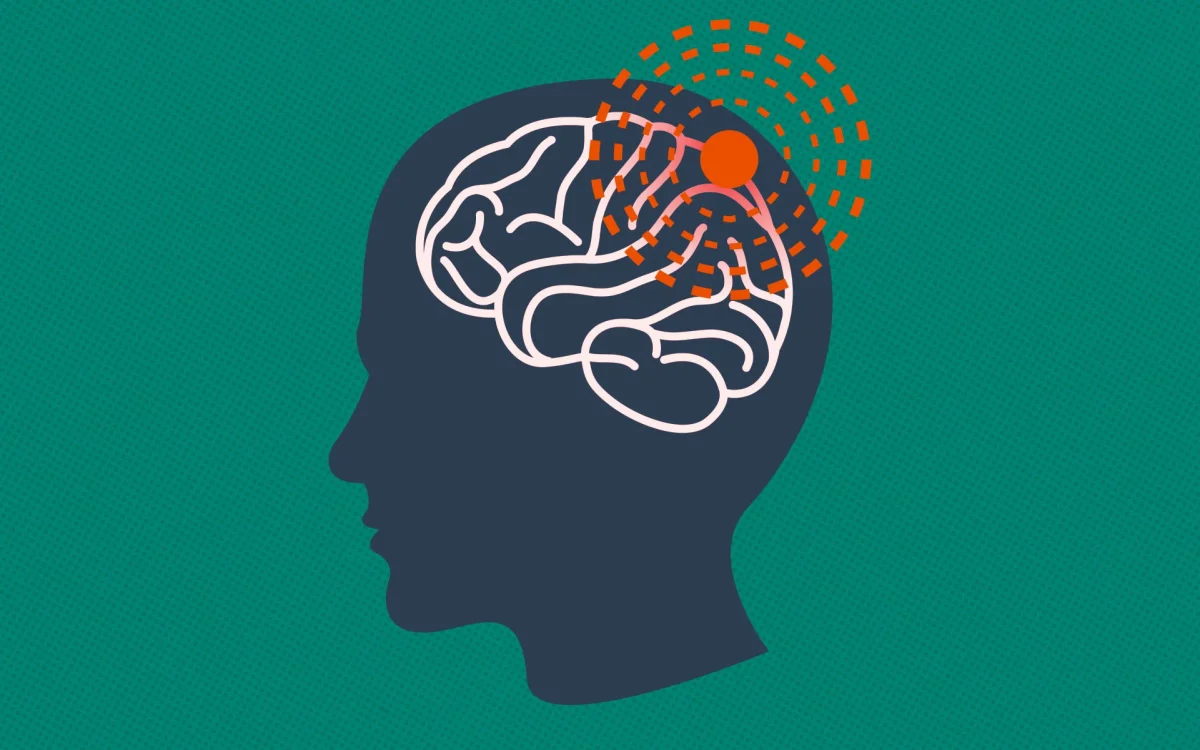By the age of 17, 8% of boys and 23% of girls have experienced at least one migraine. A migraine can come in several different forms, each having its own symptoms and side effects. The most common type of migraine, as seen in its name, is the common migraine. The symptoms of the common migraine include headache pain on one side of the head that occurs without warning, nausea, confusion, blurred vision, mood changes, fatigue, and increased sensitivity to light, sound, or noise. Common migraines can be caused by several different things including stress, emotion, skipped meals, loud noises, and much more. Freshman Julia Nanna experiences common migraines at least one to two times per week.
“They are actually terrible. I can’t ever think and as soon as I get one I just need to lie down. They are so much worse than a headache,” Nanna ‘27 said.
Another common type of migraine for teenagers is an ocular migraine, more commonly known as a migraine with an aura. These migraines include most of the same symptoms as the common migraine, except for the fact that it includes a change to overall vision. This change is different for everyone, but can include a loss of peripheral vision, a blind spot, a flashing black and white area, or a colorful section in vision. When experiencing an ocular migraine, one might get a change in vision, or aura, for 30 minutes, which will eventually lead to a headache that typically occurs on one side of the head. The headache can last for up to 72 hours, which can make daily life difficult. Sophomore Jackie Gearhart experiences chronic ocular migraines which makes it hard for them to function normally.
“I am not even exaggerating, I genuinely thought I was having a stroke the first time I experienced an ocular migraine. My arms went numb and I couldn’t see out of my left eye. I had to leave school because all I could do was sleep. When I woke up, I still had a pounding headache. It was awful,” Gearhart ‘26 said.
Because migraines can be caused by stress, they are most common for students ranging from 13-18 years old because of the stress and anxiety caused by high school. If one is prone to migraines, just walking into school can trigger an attack. Whether it is the lights, sound, smell, or just overall atmosphere, the stressors from school, and other social places, can bring on a migraine.
There is really no way to “cure” any type of migraine, but there are different ways to suppress the side effects of them. For example, sleeping is the best way to lessen the effects felt. The best thing one can do when getting any type of migraine is immediately lie down in a cool, dark room and let the migraine pass. A different way to loosen the tension in one’s head is to place their feet in hot water to move blood from the head to the feet, in turn decreasing the migraine attack. Drinking caffeine helps narrow blood vessels, leading less blood to the head, lowering the tension of the migraine. Everyone can experience migraines differently, but the best advice is to relax and let it pass.
Mallory’s Experience –
I have been dealing with migraines since the age of 13. I experienced my first one ever after getting off an airplane for vacation in Orlando, Florida. It was one of the scariest things that had ever happened to me because I couldn’t see out of my left eye and my whole left arm was numb. I had always thought migraines were just a headache, so I had no idea what was happening to me. I thought it was a one- time event until I got another one two weeks later when we got home from the same vacation. I went to the doctor and found out that I was prone to migraines. The doctor gave me medicine to try and prevent them, but I’ve never really found relief. While I still get the occasional migraine, I’ve found lying down and letting them pass helps the most, even if I do have a raging headache for the rest of the day, but I’d rather have a headache than be blind in one eye. Migraines will always be an enemy of mine and I hope to find comfort in the near future.

